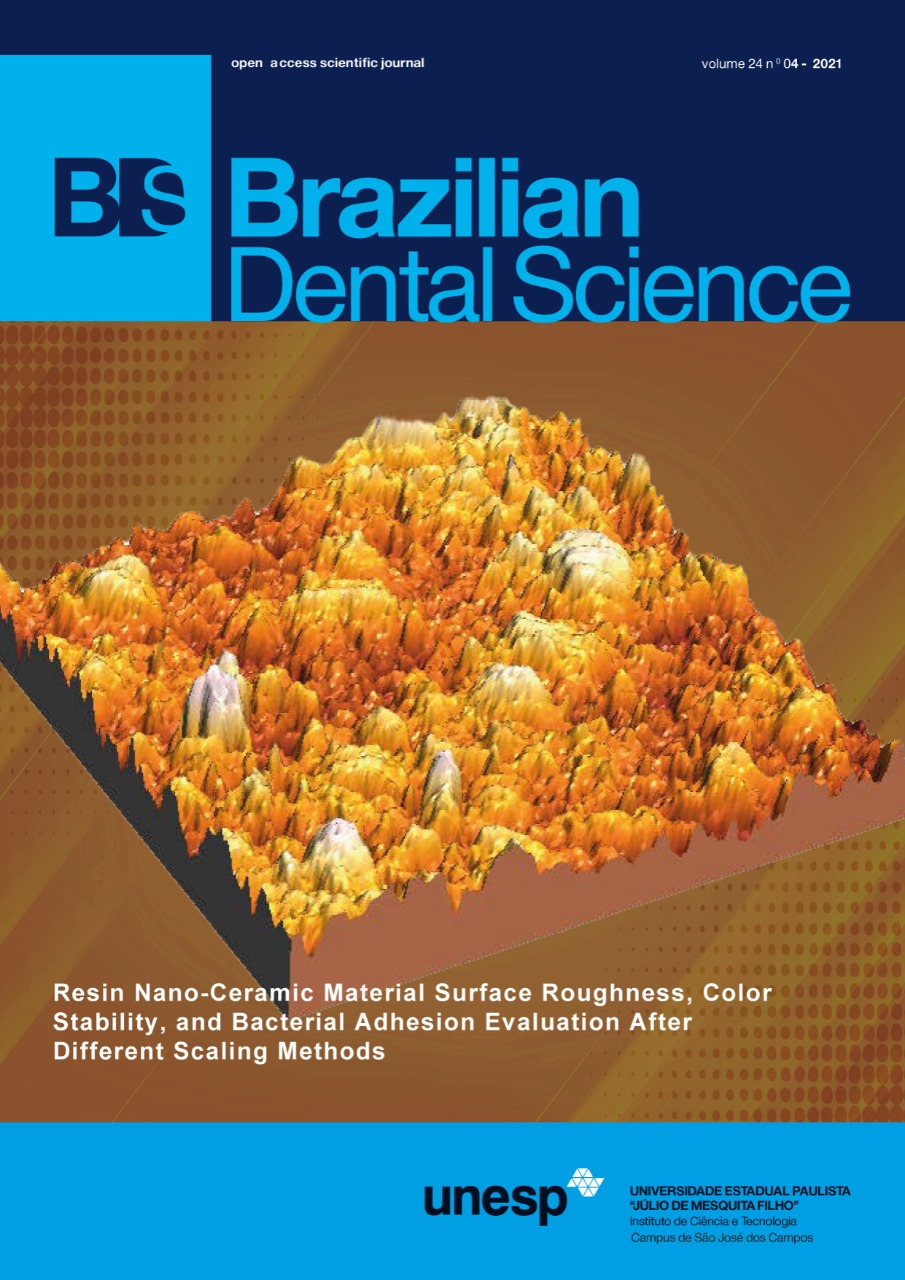Estimation of time utilized in suturing of oral flaps post-surgical wisdom teeth removal using Negus knot pusher instrument (a comparative study)
DOI:
https://doi.org/10.14295/bds.2021.v24i4.2645Abstract
Wisdom teeth were the most common teeth affected among the rest of the teeth, these teeth need accurate evaluation and diagnosis, surgical removal of impacted wisdom needs time for incision, bone removal and suture, so the use of any instrument helps to reduce this time is essential. Objective The objectives of this study were to estimate the time needed for the suture of oral flaps post-surgical removal of the lower wisdom teeth by using Negus knot pusher and compare it with the time used for stitching in conventional manual holding single stitching. Material and Methods: Data had been collected from thirty patients through history, clinical examination and radiographic assessment, followed by classical surgical removal performed on the same principles for all patients, at the suture level patients divided arbitrarily into two groups, control group 15 patients and 15 patients Negus pusher group, using Negus knot pusher, which is usually used to hold the stitch and stop bleeding post tonsillectomy operations by ligation, time elapsed for suturing with knot tying is calculated for both groups. Results: Among the 30 patients incorporated in the clinical study, control group mean was (1 minutes and 11 seconds and 70 milliseconds) while for the pusher group was (1 minutes and 32 seconds and 57 milliseconds), the comparison by means of T-test was not significant with the (0.424) value. Conclusion: the Negus pusher instrument can be used for the knotting stiches post wisdom teeth removal as an auxiliary tool and the time can be shortened by the use of a modified handling technique and more satisfaction for patients.
Keywords
Time; Suturing; Wisdom teeth; Negus knot pusher.
Downloads
Downloads
Published
How to Cite
Issue
Section
License
Brazilian Dental Science uses the Creative Commons (CC-BY 4.0) license, thus preserving the integrity of articles in an open access environment. The journal allows the author to retain publishing rights without restrictions.
=================




























